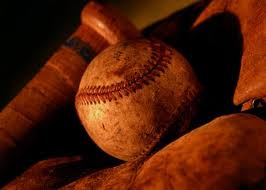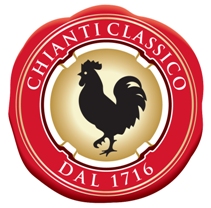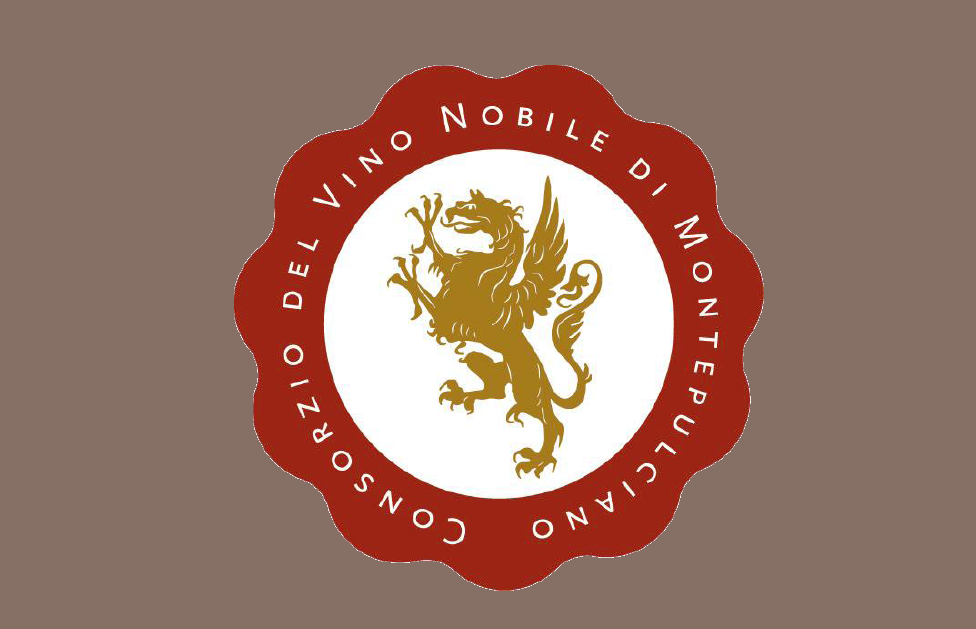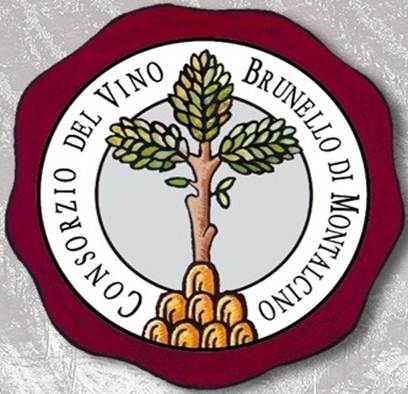n
I’ve been a baseball fan since I was a kid growing up in Albuquerque in the ‘60’s and ‘70’s, where the home team at the time was the Dukes, a triple-A club team for the now hated Dodgers.Having lived in San Francisco for the better part of 30 years, I’m a long-time Giants fan which explains the previous Dodgers remark (more on that some other time). What struck me even as a kid way back then was that baseball seemed to be the perfect game; that teams had to face the opposing pitcher with 27 attempts to score. Even with the introduction of the designated hitter or the infield fly rule, or something as completely lame as the commissioner ending an all-star game in a tie, nothing can really change the game. I could go on, but my point is that no matter what the proverbial “they” have tried to do to baseball, they can’t wreck the game.
What does that have to do with Sangiovese? Easy. What we—the attendees of the Tuscan classes and your humble narrator—found in our tasting excursions during the three days was that the character, and for that matter the structure, of the Sangiovese grape is immutable, and in a way, unstoppable. That try as winemakers often do, the character of Sangiovese shows through like a bright light; the structure, while not quite like the dominatrix commonly known as Nebbiolo, never takes any prisoners. Here are some further thoughts on the tastings of one of my favorite of all grapes.
A great line up wines really showed the tremendous impact of the Chianti Classico 2000 project has had and will continue to have on the Chianti Classico appellation for decades to come. The high quality of the wines was also the biggest discovery of the three days for the class attendees. Here’s an encapsulation of markers we as a group came up with for the wines.
Fruit: predominantly tart/sour red fruits including sour cherry, red raspberry, pomegranate, and rhubarb.
Non-fruit: floral (usually dried flowers or potpourri), anise or red licorice, sandalwood, leather, bitter herbs (usually dried), iodine, and tomato/tomato leaf.
Earth: mushroom/truffle, forest floor, su bois, and other soil elements. Add a pronounced chalky note from galestro soils.
Oak: brown spice, toast, and smoke notes.
Overall, major variations in the wines had to do with the inclusion of Cabernet and Merlot, which contributed a darker fruit character; also the use of small French barriques which added more spice elements.
Favorites of the flight: 2008 Felsina “Berardenga,” 2008 Fontodi Riserva “Vigna del Sorbo,” and the 2007 Monteraponi Riserva “Baron Ugo.”
Day two and we’re definitely not in Kansas anymore. Several major differences from the Chianti Classico the day before were immediately apparent. First, an almost complete lack of chalk/limestone character in the Vino Nobile wines, as these soils are infrequently found in the Montepulciano region. The Vino Nobiles also consistently showed more dark fruit character probably due to the laws allowing for the blending of up to 30% non-Sangiovese grapes (including 5% white grapes). Longer cask aging compared to Chianti Classico also made for more wood influence, which was not always positive as the overall winemaking of the flight was inconsistent in terms of hygiene. Here’s a snapshot of the general style of the wines.
Fruit: more dark fruit and plum-prune character overall. Still sour cherry and cherry pit, especially on the finish.
Non fruit and earth: the wines were definitely not as floral as Chianti Classico; also a lack of the chalky minerality that was the key note of Chianti Classico. In its place, much more pronounced dark earth, mushroom, turned soil, and decaying wood.
Oak: the oak regimen was all over the map. Lots of traditional large Slavonian barrels mixed with large and small French cooperage. One of the wines even had partial American oak barrique (!). Imagine a pappardelle pasta with wild boar and a splash of maple syrup. You get the idea. In baseball terms, just a bit outside …
In the end, what also separated the flight of Vino Nobile from the Chiantis the day before was winemaking. More than a few of the wines displayed a quality that we shall politely call “rustic.”
Favorite wines: the shining star of the flight was the 2008 Poliziano, a remarkably elegant, complex and seamless wine. The 2008 Lodola Nuova and 2008 Il Greppo were also outstanding.
A packed house for the third tasting. After all, how often does one get to taste ten Brunellos in a single sitting? Overall, the wine quality was far better than the Vino Nobile flight the day before and easily as good as day one. However, what was interesting, was that for the first time ripeness and alcohol levels played a key role in determining wine style. About 30% of the wines displayed alcohol levels up to 15% with very ripe, even stewed fruit characteristics. The riper wines also tended to display a medicinal, mentholated note and a lack of floral qualities. Wines that stayed at or below the 14% level tended reflect more pure red fruits with lifted floral notes. Oak regimen also played a key role in determining the style of finished wines, with the riper bottlings consistently showing more new wood influence due to the use of smaller barriques. Combine that with ripe fruit and high alcohol and you have the recipe for what might be called the “international style.” Here’s a snapshot of the overall wine style.
Fruit: red fruits with pronounced black fruit character in some of the riper wines.
Non fruit: dried roses/potpourri, anise and red licorice, leather, and menthol.
Earth: both inorganic and organic earth notes; the same pronounced chalkiness as Chianti Classico in some wines combined with the rich truffle dark earth notes of Vino Nobile. Truly, the best of both worlds.
Oak: vanilla, brown spice, toast, smoke, caramel, cola, and root beer.
Overall, the Brunellos were the most powerful and large-scaled wines of the three days with very high quality across the board in terms of winemaking. The wines also command the highest average retail price per bottle of the three appellations–and they deserve it.
Favorite wines: 2007 Camigliano, 2007 Capanne Ricci, 2007 La Lecciaia, and the 2007 Sassodisole.
Extra Innings
Back to baseball. What struck me at the end of three days was how the character of Sangiovese is basically unstoppable. That you can throw the high alcohol, the stewed-pruney fruits, the Vicks VapoRub, the lumber mill, and that odd splash of Mrs. Butterworth’s maple syrup at it, but nothing seems to stop Sangiovese grape from being its brilliant self. And that’s a remarkable and wonderful thing. Nine innings? Not a problem. It can easily go the distance and beyond. Play ball!
nn



